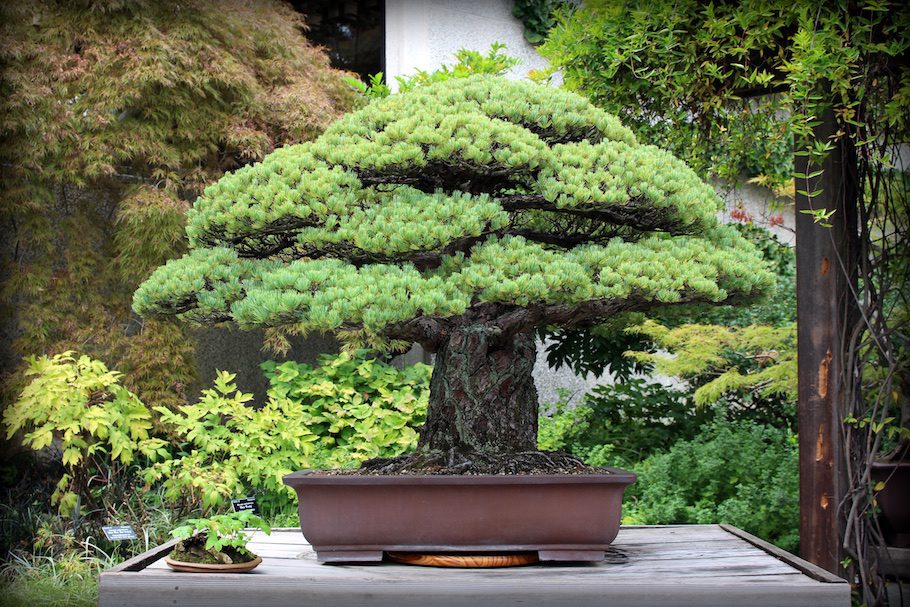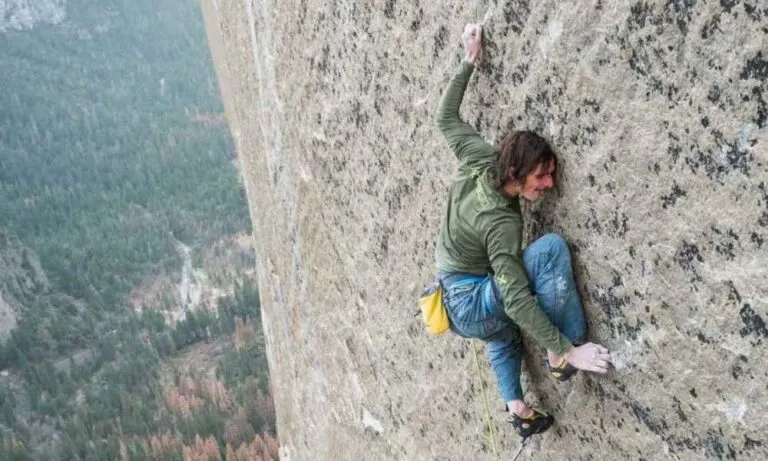The Magical Bonsai Tree That Survived Hiroshima Bombing | The Tree Still Thrives In The US!
Even through the worrying events of the past, a small bonsai has surprised the world. This magical ‘Japanese white pine tree‘ has seen over three centuries of existence. This tree, almost 400 years old has survived the Hiroshima bombing that destroyed the Japanese city on August 6, 1945. Adding to the mystery, the tree continues to thrive to this day. The Bonsai tree that survived Hiroshima is now placed at the U.S. National Arboretum in Washington D.C. Even now, it serves as a symbol of peace and resilience.
Its perseverance is a story of cultural legacy. After the war, the bonsai took a journey from Hiroshima to the USA as a symbol of peace. It stands as a silent observer of both massive destruction and peace-making efforts that followed the war. Let’s dive in to learn more about this surprising tree and its history.
The Historic Survivor: A 399-Year-Old Bonsai!
The Japanese white pine bonsai embodies both the art of bonsai cultivation and the history of the Hiroshima bombing. According to sources, the tree was planted in 1625 and was under the protection of plant nursery with thick walls. At 399 years old, this small tree has witnessed centuries unfold before enduring one of history’s most devastating events.
Before the atomic bomb’s devastation in 1945, the bonsai was part of a collection cared for by the Yamaki family in Hiroshima. Its cultivation techniques were passed down through generations, each adding to its story and form. During the bombing, the thick walls in the plant nursery has blocked the heat and radiation of the bomb. Not all Bonsai trees survive, however this particular one did along with Yamaki family.
Amidst the catastrophic effects of the blast that took many lives, the bonsai appeared unharmed. This miraculous survival highlighted the tree’s incredible durability.
Surpassing its roots, the bonsai now serves as a symbol of peace and endurance. Its current residence is at the U.S. National Arboretum in Washington, D.C., where it continues to thrive, drawing visitors from all around the globe. Through the firm art of bonsai, this tree silently tells a tale of perseverance and harmony.

The Journey from Hiroshima to the U.S.
Following its survival, the bonsai was generously donated to the United States in 1976 to mark the bicentennial celebration. It arrived in the US as a gesture of reconciliation and cultural exchange. It traveled across the Pacific to become one of the 53 trees representing the friendship between Japan and the U.S. However, this particular tree at that time was almost four centuries old. It belonged to the Yamaki family for several generations before its relocation.
Today, the bonsai is carefully placed at the U.S. National Arboretum in Washington, D.C. As a unique witness to history, its presence continues to educate and inspire visitors about the past.

What Trees Survived Hiroshima?
Several species of trees showed remarkable strength following the atomic bombing of Hiroshima. These trees, now often referred to as “Hibakujumoku” or survivor trees, stand as living memorials of perseverance and peace.
The well-documented Ginkgo biloba, with its unique fan-shaped leaves, is notably associated with Hiroshima’s natural legacy. These ginkgo trees, native to China, are admired for their strength and have become symbols of endurance. In the fall, their leaves transform into vibrant gold, adding beauty to their story of survival.
The Legacy of the Bonsai Tree
The history of bonsai trees extends back over a thousand years, originating in China before migrating to Japan. In the Chinese Yin and Zhou dynasties nearly 3,000 years ago, people grew decorative plants to imitate natural scenery within their gardens. This craft is known as penjing and these replicated plants were believed to have magical properties.
When and how the plant came to Japan is still unknown. Some believe that they arrived at least twelve hundred years ago with the spread of Buddhism as religious souvenirs. However, these have long been a symbol of harmony between man, soul, and nature. Globally, ancient bonsai trees carry a perception that blends aesthetic appreciation with cultural reverence.
Cultural and Symbolic Significance Of Bonsai
Bonsai trees hold deep cultural and symbolic importance in Japanese culture. These miniature trees are not just horticultural curiosities. They are artistic representations of natural beauty and philosophical concepts. Traditionally, bonsai reflects the Japanese aesthetic principles of harmony, balance, and simplicity. Each tree is a living sculpture, carefully cared for and shaped over the years.
In the context of symbolism, bonsai is seen as a bridge between humanity and the natural world. They embody the Japanese ideal of wabi-sabi, an acceptance of imperfection, and the temporary nature of life. Bonsai cultivation can be a meditative practice. It fosters patience and careful reflection.
Bonsai often outlive their caretakers. Their survival through adverse conditions, such as the renowned bonsai that survived the Hiroshima bombing, further symbolizes perseverance and peace.
Conclusion
The bonsai tree that endured the atomic bombing of Hiroshima represents a profound narrative of resilience. Nearly four centuries old, this Japanese White Pine tree has not only witnessed one of the most devastating events in history but also emerged relatively unharmed. Housed initially by the Yamaki family, it was cared for through generations.
This tree’s survival extends beyond its own story, serving as a bridge across different ages and cultures. It connects the past with the present and the memory of war with the hope for peace. This Bonsai tree that survived Hiroshima is the ultimate symbol of resilience.
Also read,







